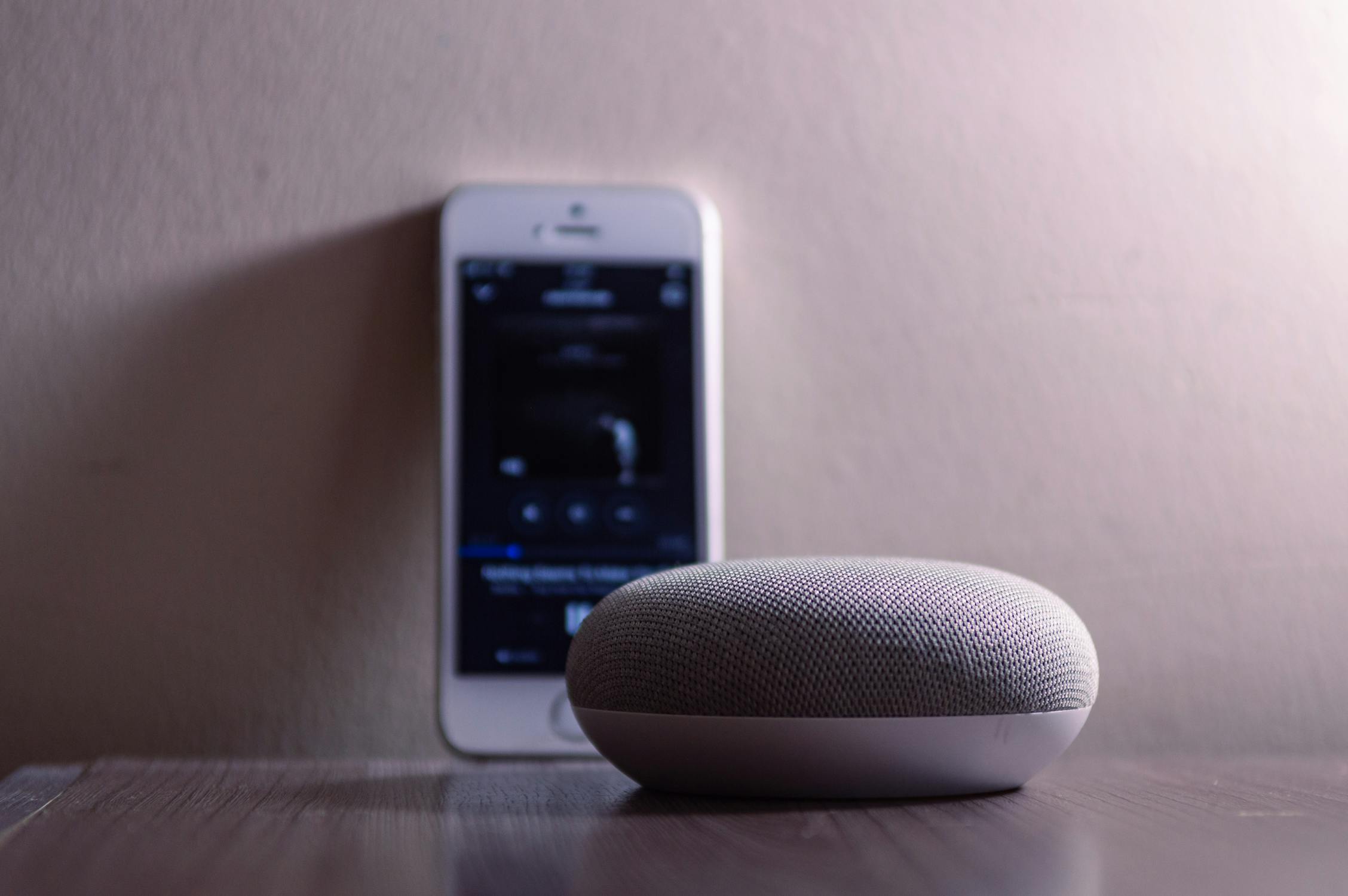Trends in Voice Control Technology
There’s no denying that smart assistants like Amazon’s Alexa, Google Assistant, and Apple’s Siri have made voice control feel mainstream. What started as a novelty (asking Siri for the weather) has become a common way to interact with all sorts of devices. A report by Juniper Research indicated that over 4 billion devices had voice assistants integrated by 2020, and that number keeps growing as more homes embrace smart speakers and voice-activated appliances.

One of People love hands-free interaction, whether it’s controlling music while driving or adjusting the thermostat without getting off the couch. But these assistants have also become smarter with time. Thanks to advances in natural language processing (NLP) and machine learning, they understand more complex commands and can engage in multi-step conversations. You can ask Alexa not only to “turn on the lights,” but also to “dim them to 30%” or “set them to blue.” These improvements make voice control more intuitive and useful than ever before.
Voice in Healthcare: A New Frontier
Voice control is breaking new ground in industries beyond consumer tech, with healthcare leading the charge. For healthcare professionals, voice technology offers an opportunity to streamline administrative tasks. Doctors can now use voice commands to update patient charts, reducing the time spent on paperwork during patient visits.
A standout example comes from companies like Nuance Communications, which develops AI-powered medical dictation tools. These allow doctors to dictate patient information directly into their electronic health record systems (EHR) using voice commands. According to a study published in NCBI, these systems reduce documentation time by nearly 45%, allowing physicians to focus more on patient care.
But it’s not just doctors benefiting from this trend. Patients themselves are beginning to use voice-activated devices for health monitoring. Smart speakers can remind users when it’s time to take medication or track symptoms over time, sending the data directly to their healthcare providers for review. This seamless integration is making healthcare more accessible and personal for patients with chronic conditions or limited mobility.
Custom Voice Commands Are On The Rise
In the early days of voice assistants, you had limited options when issuing commands, there was often only one way to say something, or it wouldn’t work at all. But that’s changing fast with custom voice command features that allow users to personalize their interactions with these devices.
Amazon has made big strides here with its “Alexa Skills Kit,” which lets developers create new commands tailored for specific needs or devices. Whether it’s a smart oven that understands cooking instructions or an office assistant capable of managing conference calls through simple phrases, customization is quickly expanding what we expect from voice control.
Google has taken a similar approach by opening up Google Assistant Actions for developers. This has led businesses ranging from banks to fast food chains offering voice-based interactions (like ordering food or checking account balances) through custom commands tailored specifically for their services.
Privacy Concerns?
No discussion about trends in voice control would be complete without touching on privacy concerns. As much as people enjoy talking to their devices, there’s an undeniable worry about how much data these systems collect and who has access to it.
One of the most famous examples came when news broke that human contractors were listening to snippets of conversations recorded by smart speakers for quality assurance purposes. While companies like Amazon and Google have since implemented better transparency and data deletion options, many consumers still remain cautious about having always-on microphones in their homes.
Thankfully, companies are responding by giving users more control over their data. Both Google Assistant and Alexa now allow users to delete recordings via simple commands like “Delete everything I said today.” Voice recognition technology itself is also improving so that devices can better distinguish between actual commands and background chatter, reducing unintended recordings.
Multilingual Capabilities
Another exciting development in voice control tech is multilingual support. We live in a global community where many people are bilingual or even trilingual, so being able to switch languages fluidly within one conversation (or having a device understand multiple languages) is incredibly important.
Google Assistant currently leads the pack here by supporting multiple languages at once within a single conversation. That means you can start speaking English, switch to Spanish mid-sentence if needed, and the assistant will still understand you perfectly! This functionality opens up new possibilities for homes where more than one language is spoken regularly or for international travelers who need real-time translation help.
The impact goes beyond personal use too. Businesses operating globally can use these multilingual capabilities for customer service solutions across various regions without needing separate setups for each language, a major efficiency boost!
Emotionally Intelligent Voice Tech? Could they be that Smart?
If you thought smart assistants were impressive now, wait until they start recognizing emotions! That’s right, researchers are working on making AI understand not just what we’re saying but how we’re feeling when we say it. Emotionally intelligent voice assistants could interpret tone, pitch, and speed of speech to assess whether someone sounds stressed, excited, frustrated, or even detect early signs of mental health struggles like anxiety or depression. This shift could revolutionize industries like customer service or even personal relationships with technology itself. Imagine your car’s AI sensing frustration in your tone when traffic builds up and automatically offering alternate routes or calming music suggestions! While we’re still some years away from this becoming mainstream, it’s already being tested in controlled environments.
The growing presence of voice control in our lives isn’t just about convenience anymore; it touches everything from healthcare efficiency to multilingual communication and soon may even include emotional intelligence! As AI continues improving its ability to understand natural language (and even emotions), expect our relationship with tech gadgets only grow closer with each passing day; it is as if Hollywood (Jetsons style) is coming to life!